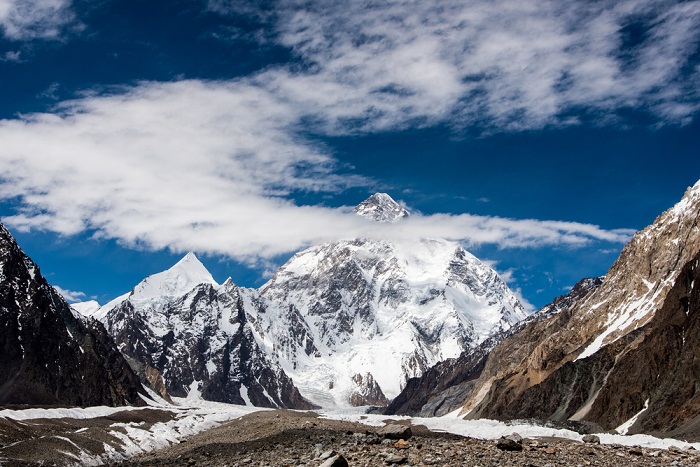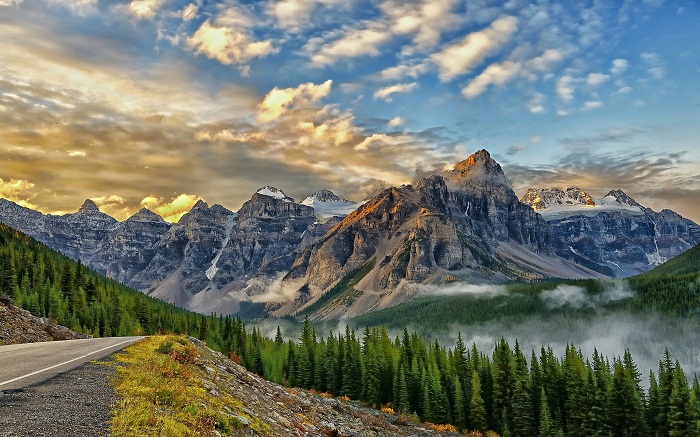Himalayas

The Nepalese name Himalaya comes from a Sanskrit word meaning ‘Abode of Snow’, from hima for ‘snow’ and ālaya for ‘abode’. In Buddhist sources, the Himalayan region is known by various names such as Himavā and Himavanta.
Mount Everest

In 1856, Mount Everest was named after Sir George Everest (1790–1866), who was the superintendent of the Trigonometrical Survey of India. Everest himself was initially displeased by the naming, since he feared that local inhabitants might not be able to pronounce it.
K2

K2 stands for Karakoram 2, because it was the second peak to be surveyed in the Trigonometrical Survey in the Karakoram system. It was also formerly known as Mount Godwin-Austen after Col. H. H. Godwin-Austen, who first surveyed it. Another alternative name for the mountain is Chhogori.
Annapurna

Annapurna is a household Goddess for Hindus, who guarantees to her worshippers that food will not fail. The name derives from a Sanskrit word meaning ‘one who gives nourishment’.
Matterhorn

The Matterhorn’s name derives from the name of the nearby town of Zermatt, the second element of which is apparently Matte ‘meadow’, and Horn, ‘horn’. Horn is not an unusual element in German names of mountains with jutting peaks. The mountain is called Mont Cervin in French and Monte Cervino in Italian, from the Italian adjective cervino ‘deer-like’, which conjures up a deer’s antlers.
Ben Nevis

Ben Nevis is the Anglicized form of the Scottish Gaelic name Beinn Nibheis, which means ‘Mountain by the (River) Nevis’. The name of the river apparently derives from a Celtic root for ‘water’.
Mount Kilimanjaro

The name of Africa’s highest peak means ‘Mountain of the God of Cold’, from the Swahili kilima, ‘mountain’, and njaro, ‘god of cold’. As a part of German East Africa, it was previously known as Kaiser Wilhelm Spitze (‘Emperor William Peak’) after William I, German emperor (1871–88). The mountain received its present name after the British were awarded a League of Nations mandate for this part of German East Africa in 1920.
















































